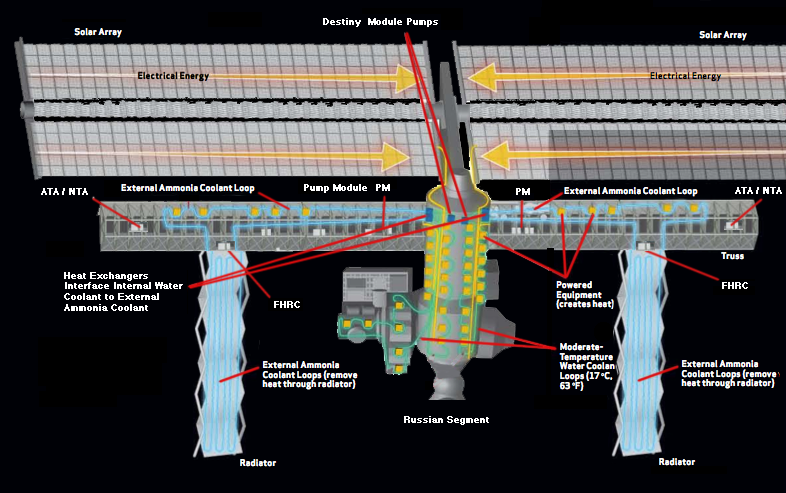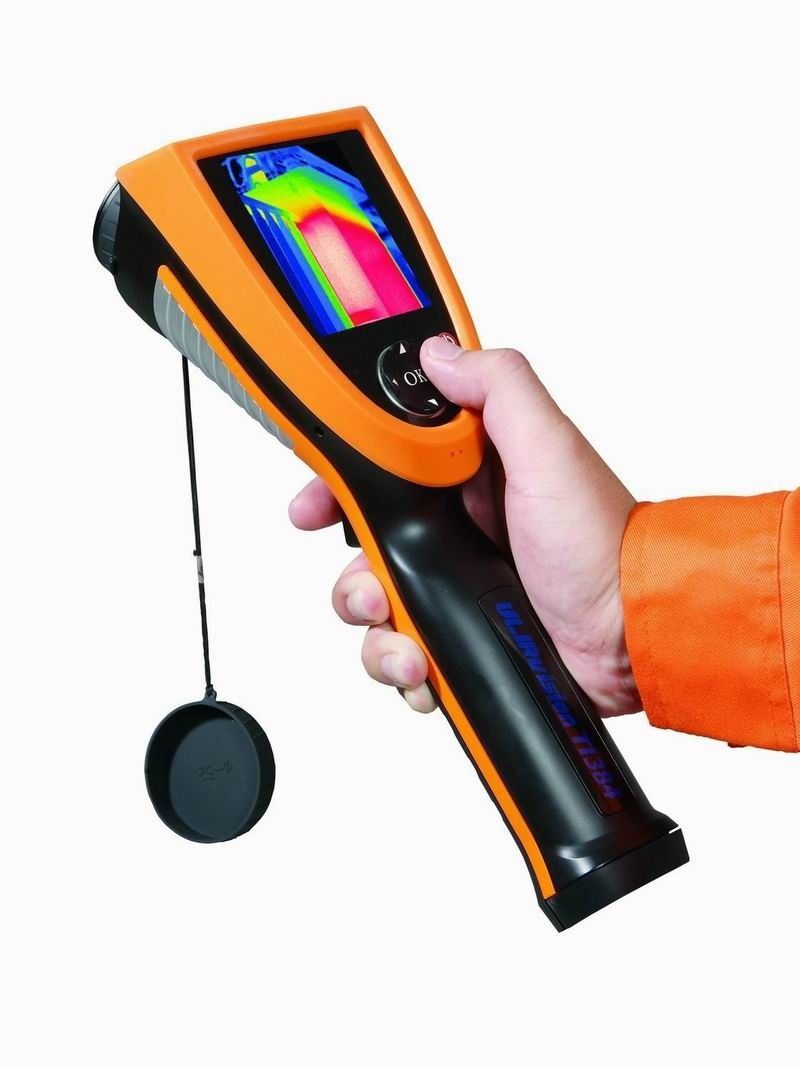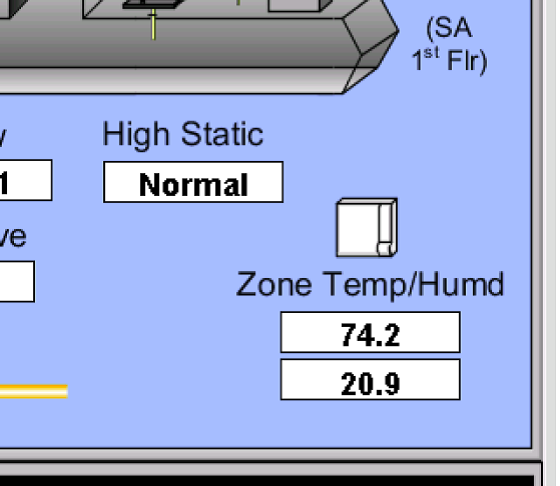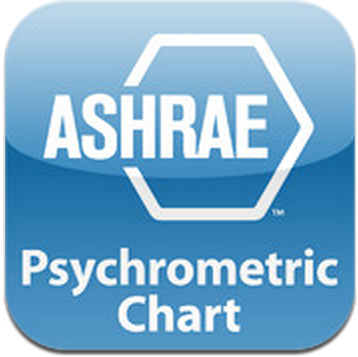We spent last Thanksgiving in the Philadelphia area with my wife’s family, as we typically do every year. Though it’s not our usual habit, on Black Friday we ventured out to the local Target Store to do some shopping. As I recall, our purpose was to stock up on snacks for our toddler for the trip back to Vermont--it definitely was not to do holiday shopping on the most notoriously crazy shopping day of the year! While the trip to Target was fairly mundane, unbeknownst to us, as we swiped our bank debit cards to pay at checkout, our card information became unsecure in a complex data breach orchestrated from half a world away, reportedly in Eastern Europe and Russia.
Ben Fowler
Recent posts by Ben Fowler
4 min read
An Easy HVAC Security Target
By Ben Fowler on Apr 2, 2014 6:00:00 AM
Topics: Energy Efficiency Building Performance & Technology
3 min read
HVAC Issues and Repairs at 1.2 Million Feet
By Ben Fowler on Jan 1, 2014 5:00:00 AM
The International Space Station (ISS) recently had a breakdown in its external active thermal cooling system (the “EATCS”, because NASA loves acronyms!) that helps to keep systems inside and outside of the space station cool. For a little review of basics physics, let’s recall that space is a vacuum. In the same way that a vacuum flask keeps coffee piping hot for hours and hours, the Space Station is basically wrapped in a vacuum flask that keeps it from heating or cooling through ways in which we are typically familiar with. It can’t cool itself through conduction (i.e., heat passing through the outer wall) or convection (i.e., air moving heat away from the outer wall, thereby cooling it). These modes of heat transfer can’t work in space because there is no air surrounding the station to pass off waste heat to!
Topics: Building Performance & Technology
3 min read
PM: Preventative Maintenance or Poorly Maintained?
By Ben Fowler on Nov 20, 2013 5:00:00 AM
In facilities management and building owner circles, Preventative Maintenance (PM) contracts are seen (at least in theory) as a good way to outsource the routine maintenance of some/all building equipment. As an example, a HVAC PM contractor could change air filters in air handlers and terminal equipment, replace belts, drain and fill cooling tower systems before and after the winter, grease bearings, possibly perform chemical treatment of hydronic or condenser water systems, and perform other routine service tasks. The frequency and scope of service varies from contract to contract—some items are replaced on an as-needed basis—for example, belts may be inspected at some predefined interval, and replaced as wear is evident. Other tasks may be scheduled as a standard interval—such as filter changes. And still other tasks may be triggered by variables such as climactic conditions—for example, when a cooling tower is drained for the winter or refilled in the springtime.
Topics: Energy Efficiency Building Performance & Technology
3 min read
Domestic Hot Water Heating Using Air Source Heat Pumps
By Ben Fowler on Oct 9, 2013 6:00:00 AM
Air source heat pumps have been around for a long time. Especially in climates more moderate than the northeastern United States, they have been the primary space conditioning equipment for a large fraction of homes. Relatively recent developments in high efficiency air-source heat pump technology have pushed heat pumps into colder climate zones such as the northeast US, and have pushed the technology into different end uses. Over the past several years, water-source heat pumps for domestic hot water heating applications have entered the marketplace in the US. Five years ago, heat pump water heaters (HPWH) were difficult to find; now, most major water heater brands have a heat pump water heater option.
Topics: Energy Efficiency Building Performance & Technology
3 min read
Understanding the EPA’s Energy Star Buildings Energy Use Index
By Ben Fowler on Aug 28, 2013 6:00:00 AM
The Environmental Protection Agency's (EPA) Energy Star program for commercial buildings provides a system for benchmarking buildings across the country, and across different building use types. Buildings can be entered into the system by using the Energy Star’s Portfolio Manager, an online tool that can be used to track and measure energy and water consumption, in addition to associated greenhouse gas emissions.
Topics: Standards and Metrics
3 min read
Our Building Commissioning Toolbox: Add Thermal Imaging?
By Ben Fowler on Jul 17, 2013 6:00:00 AM
The toolbox of equipment we use for our building commissioning work changes as building science and standards evolve. As prices for technology continually fall, there often comes a time when equipment you didn’t think you really needed becomes affordable enough that you decide it’s time to take the plunge and invest in it. Having a digital camera 15 years ago was still quite expensive, but now you can get a decent camera for under $200, and most of us have them built right into our cellphones. It’s hard to imagine working as a Commissioning Authority now without such an essential tool as a digital camera. But building commissioning has been around longer than reasonably priced digital cameras, so it must have been possible to provide high quality Cx services without that capacity!
Topics: Building Performance & Technology
5 min read
Building Control System Graphics - Common Pitfalls
By Ben Fowler on Jun 12, 2013 6:00:00 AM
Introduction
The graphical interfaces that connect building operators to the HVAC, lighting, power management, security, and other systems are critical elements of a building control system (A.K.A. BMS, DDC, EMS, but for the purposes of this post, we will focus on the “graphics” portion of the controls server, independent of what the control server is called colloquially). The graphical interface provides the building operators quick access to many pieces of useful (and sometimes critical) information which supports building operation. These include, for example, system status readings, alarms, sensor readings, damper/valve positions, fan/pump speeds, and energy performance metrics. The graphics also provide a means for operators to change setpoints, adjust alarm limits, enable/disable equipment, and do many other functions throughout a potentially large building or campus, right from their desk or a control system workstation.
Topics: Building Performance & Technology
3 min read
Exasperated with Inefficient Kitchen Exhaust
By Ben Fowler on May 1, 2013 6:00:00 AM
From building trades and commissioning work, I’ll occasionally notice something off-the-job about a particular building HVAC system, and it may become a distraction (though my wife may classify it as an obsession). I think we, as humans, are all prone to do this—examples include the English teacher that can’t stand the misapplication of “lay” vs “lie” by people outside of the classroom setting (my 95 year old former English teacher grandmother, for one), or the chef who may have trouble enjoying other people’s food without having to over-think the ingredients or preparation, and the like. Well, as you can imagine, this happens to HVAC engineers as well and today my “distraction” concerns commercial kitchen exhaust imbalance.
Topics: Building Performance & Technology
6 min read
Top Apps for HVAC and Energy Analysis - Update
By Ben Fowler on Apr 3, 2013 6:00:00 AM
Six months ago, I wrote a blog post that described the mobile applications, or “apps” that Cx Associates’ engineers have been finding useful for fieldwork or for deskside analysis support. These ranged in capability from the simple and relatively nontechnical--such as a PDF reader-- to the more technical--such as air property (psychrometric) calculator tools. In the fast evolving field of mobile applications, six months is a long time--and it’s no surprise that a bunch of new apps have appeared. This blog post supplements the last one, so if you have not read it, its worth checking out as well--the apps presented there are still extensively used by our engineers. (Please note that neither Cx Associates nor its engineers are affiliated or compensated by the app developers reviewed.)
Topics: Building Performance & Technology
3 min read
Wireless Building Sensors That Harvest Ambient Energy
By Ben Fowler on Mar 20, 2013 6:00:00 AM
Modern Building Automation Systems consist of three core conceptual components: information inputs (sensors, switches), controls outputs (actuators, VFD’s, relays), and a brain (controllers and a head-end). Traditionally, copper cabling of different kinds has connected all of these devices together in some manner. Each actuator and sensor may be connected directly back to a central controller, or often through local equipment controllers (such as a heat pump above a drop-ceiling) equipped with controls cards with a network interface. Regardless of the specific wiring scheme, the bottom line is that the building owner becomes the proud owner of a virtual spiderweb of controls cabling. In new construction, cabling can be installed before finished walls and ceilings are in place, so installation is not very disruptive and can be cost effective. For retrofit applications however, running new cabling can be very labor intensive and disruptive to surface finishes (drywall, woodwork), which can be ultimately very expensive.










